Easter is one of the most popular and widely celebrated Christian holidays globally. Ethiopia, having a large Christian population, also celebrates this holiday. Ethiopian Easter, also known as Fasika or Tinsae, is fascinating. It holds great significance for the Ethiopian Orthodox tradition. With roughly 50% of the country’s population as its followers, the Orthodox Church celebrates Easter in a vibrant, colorful, and beautiful way.
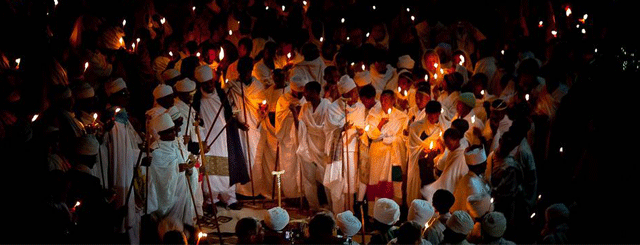
The Ethiopian Easter comes after a 55 day long fasting period, known as the Fast of the Great Lent, or Hudade in Amharic. The fasting season commemorates the 40 day fast of Jesus Christ right after his baptism. Easter is celebrated at the end of the fasting season, making the holiday even more critical. One can witness a change in the atmosphere of Ethiopian lives as Easter approaches. Markets are crowded as everyone prepares for Easter’s grand feast, churches are overcrowded as the last days of the fasting season are filled with prayer and repentance. Overall, Easter can be said to represent a clean slate, a new beginning in the Christian life.
When is Ethiopian Easter 2022 & 2023?
Ethiopian Easter, unlike other traditions, doesn’t have a fixed date. It varies every year and the Orthodox church announces the date at the beginning of each year. Although the dates are different, the holiday always takes place on Sundays. In the Ethiopian tradition, Easter can not be relegated to just one day. Instead, it is a holiday that lasts for weeks. Starting at the final week of the Hudade fast, the holiday goes on to be celebrated until the Peraklitos (Dagma-Tinsae) holiday. During these weeks of celebration, numerous notable holidays accentuate the beauty of Easter.
How to Say Happy Easter in Amharic
If you know an Ethiopian who celebrates this holiday, you can wish them well by saying: መልካም ፋሲካ (Melkam Fasika) or Enkuan Le Fasika Be-al Beselam Aderesachu!
How Ethiopians Celebrate Easter Holiday?
Starting from the first day of fasting, each Sunday and the week following has its own private name and remembrance. The main ones are Palm Sunday, Good Friday, the day of Easter, and Dagma Tinsae.
Palm Sunday – A Week Before Ethiopian Easter
In the new testament, there is a story about Jesus entering the city of Jerusalem. Thousands of residents came out to receive him as the Messiah, laying down palm branches in his tracks as he passed on riding on a donkey. It is said that the residents that day shouted, “Hosana! Blessed is the one who comes in the name of the Lord!” Mark 11:19
Palm Sunday – otherwise known as the “Hosana”- is celebrated to commemorate the above bible story in the Ethiopian tradition. The day comes a week before the Easter holiday on sunday.
Unlike the regular Sundays, the church mass on this Sunday is unique. The audience is vast, and everyone comes dressed in white, decorated with palm leaves. The prayer is longer than usual and depending on the churches, several other ceremonies like plays spiritual songs are also held. The palm branches are a recurring theme throughout the celebration. But the most prolific use of the palm leaves is witnessed among children.


Every year, as Palm Sunday is celebrated, Ethiopian children (and adults to some degree) demonstrate their ability of craft by producing beautiful-looking rings and crowns out of just Palm leaves. These rings and crowns are seen worn by many people during the holiday season. Children usually make these rings and either wear them for themselves or give them gifts. Since the rings and crowns are made of leaves, they last for no more than a week. But in the week they do last, they provide an exciting and exciting view of the holiday.
Good Friday – 2 Days Before Ethiopian Easter
The week that follows Palm Sunday is known as the Himamat. It is a week that commemorates the final days of Jesus Christ. The entire week is spent by dedicated fast. Prayer, and Sigdet or “bow downs” – a tradition in which followers are supposed to atone for their sins by a repeated motion of lying down, kissing the ground, and rising back up again.

The eve of good Friday is known as “Tselote Hamus”, translated to “The prayer of Thursday”, a holiday that celebrated Jesus’ last supper with his disciples. The day is marked with an early dinner of Gulban – a simple dish made from wheat.

Good Friday, despite its name, does not commemorate a good day. Good Friday is celebrated on the Friday of the final week of the fasting season. It is celebrated to commemorate the crucifixion of Jesus Christ Good Friday is seen as a day of mourning as it is spent with a whole day of fasting, prayer, and repentance. Orthodox Christians gather at nearby churches starting from the morning and spend the entire day with worship and Sigdets.
The entire day is spent in this manner and is concluded in the late afternoons. After prayers end, people gather around a priest and get a soft slap with an olive branch (signifying the whipping of Christ), along with a prescribed number of Sigdets, based on the age and health condition of the person. After completing their Sigdets, the congregation can go home.
The Day of Ethiopian Easter
After a special church mass on Saturday that lasts well into Sunday morning (3 AM to be precise), the awaited day arrives. After attending the gathering, people go to their homes to break the two-month-long fast, marking the beginning of the easter holiday. As followers abstained from meat and dairy products during the fasting season, the Easter feast plans to make up for that. Several kinds of meat-based Ethiopian dishes are consumed. Of those dishes, the most prolific is the Doro Wot.
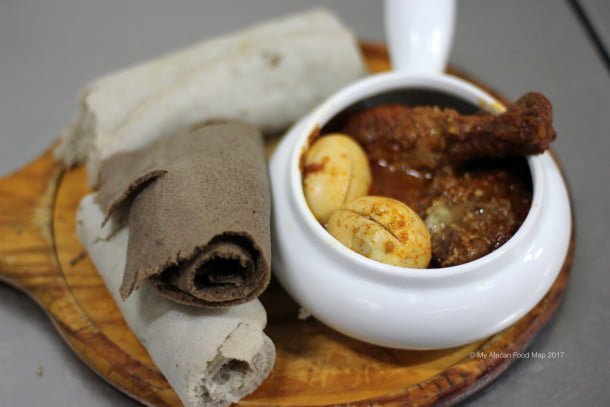
Also Read: Doro Wot Recipe | Ingredient & Preparation
Per the typical Ethiopian tradition, a meal is consumed together on one plate. This develops a sense of sharing and love between friends and family. Over-indulgence is not a rarity because it is the end of a fasting season. Doctors often advise people to take it slow on the meals as their body needs to adapt to their new diet. To make up for the long days of fast. The Orthodox church declares no fast during the month that comes after Easter.
Dagma Tinsae (A Week After Easter Holiday)
The Dagma-Tinsae, or the day of the Pentecost, comes a week after Easter. It is the remembrance of the disciples of Jesus who, after his resurrection, received the Peraklitos or the Holy Spirit. This concludes the whole Easter holiday in Ethiopia.
The Ethiopian Easter Holiday (Fasika), as you saw, is a unique one. It comprises months of true spirituality followed by celebrations and feasts. It is a fantastic journey to partake, if not for the religious cause, then for the fun of it.
Fast of The Great Lent (Abiy Tsom)
Easter preparations, according to the Ethiopian Orthodox Tewahedo religion, start almost two months before Easter Sunday. Ethiopian Orthodox Tewahedo Church followers begin to fast prior to Easter, starting about 55 days before the holiday. Only Orthodox Christians, who view fasting as a form of spiritual discipline, participate in the “Fast For Hudadi or Fast of The Great Lent (Abiy Tsom),” which honors the 40-day fast that Jesus Christ observed immediately following his baptism. The Ethiopian Orthodox Church therefore requests that its followers refrain from consuming animal products during these 55 consecutive days, including pork, fish, milk, and other dairy foods, until Easter. As a result, on these days, the followers will choose various foods that are considered vegan. This rule is broken, though, for the 55 days following Easter, when the believers are in need of a break after having just a long fasting period.
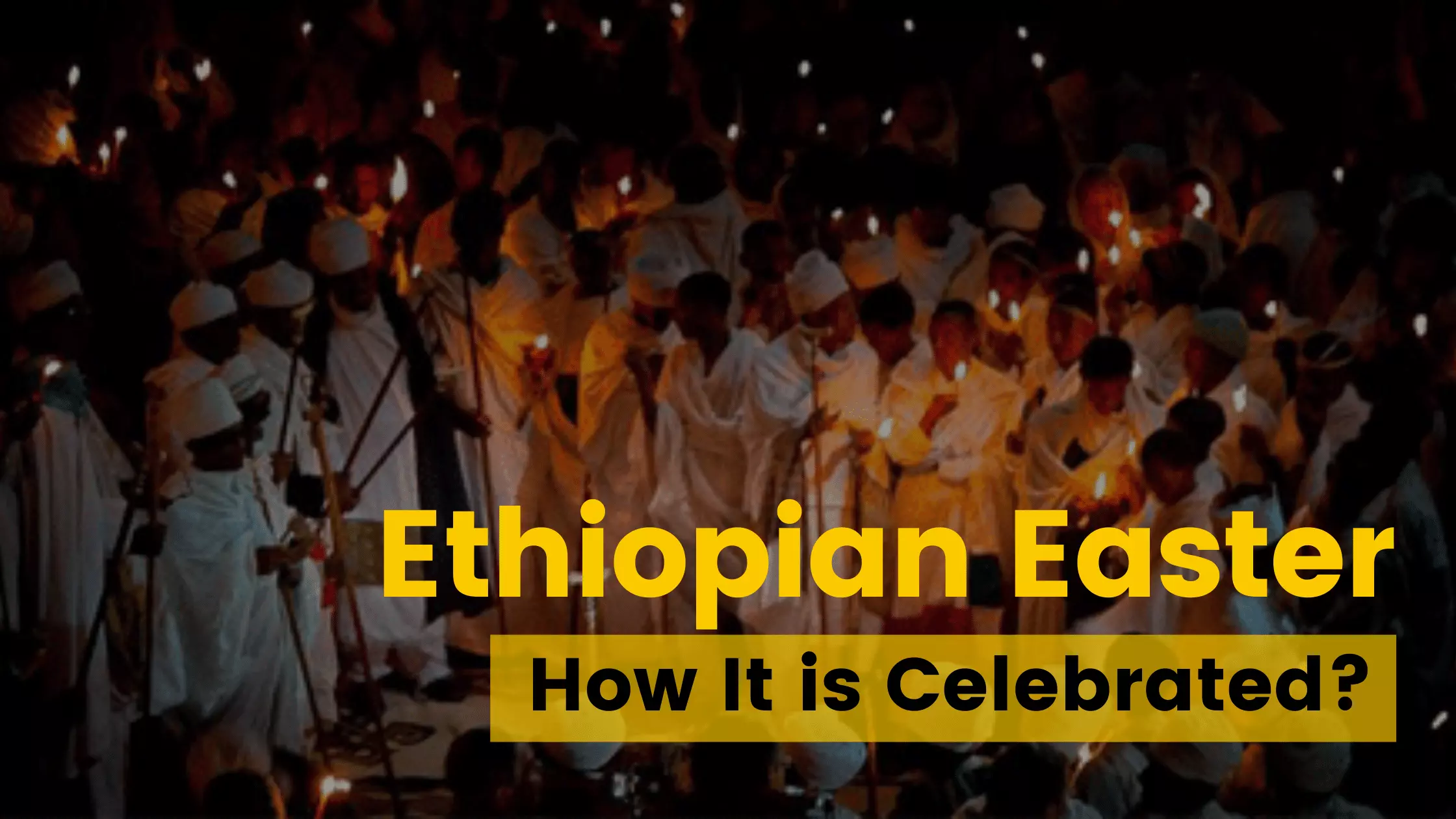

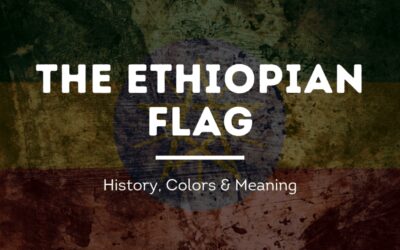
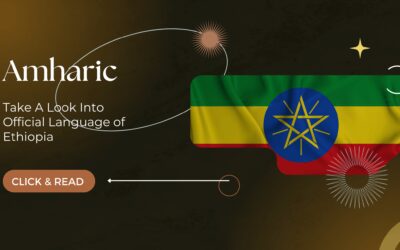

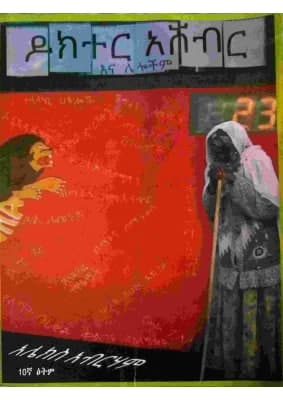
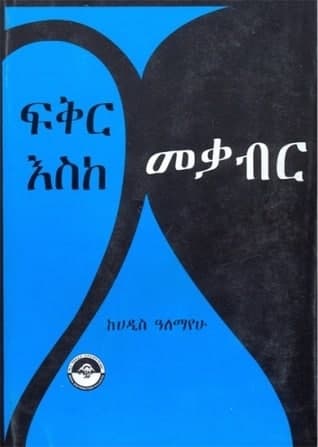
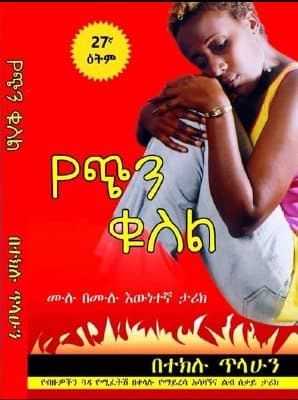
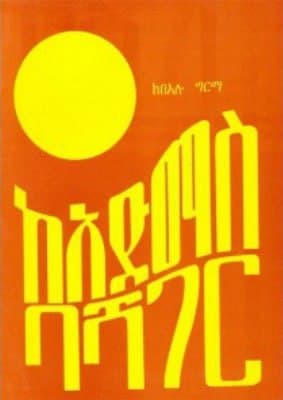
0 Comments